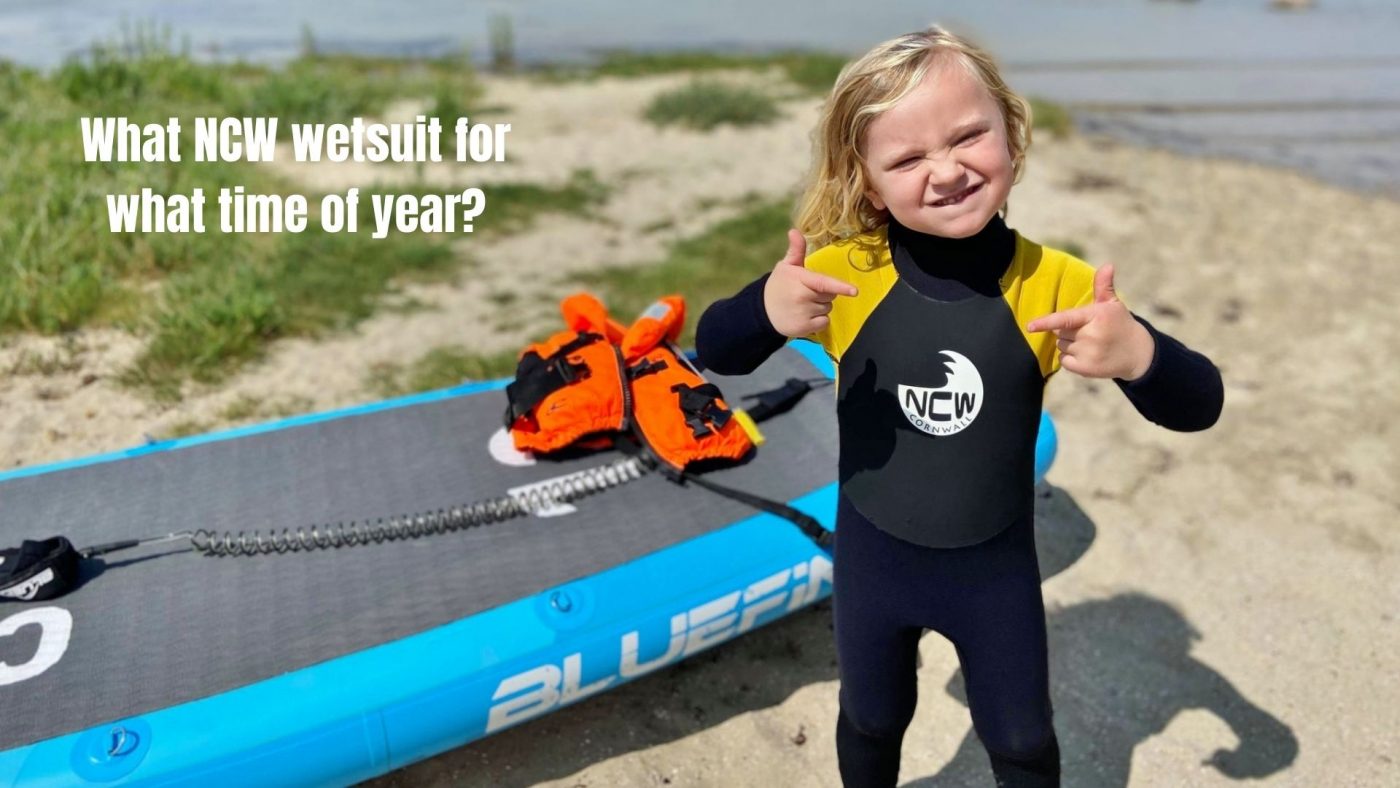UK water and air temperatures go up and down like a yoyo, depending on the time of year. And even when there’s a general consensus of how much rubber protection you need at any one stage in our 12 month calendar Momma Nature will inevitably conspire against us.
That said we can almost certainly be shedding neoprene during summer, for instance. But we appreciate not everyone comes from a watersports background and may need pointing in the right direction. In this article, NCW’s Becci talks us through what type of wetsuit you need for what type of year.
The first question to ask yourself is, where are you going in the sea (as in which part of the UK)? There are big differences in water temperature between Cornwall and Scarborough for instance. Secondly, what is your cold sensitivity like? Do you have a high or threshold for the chill?
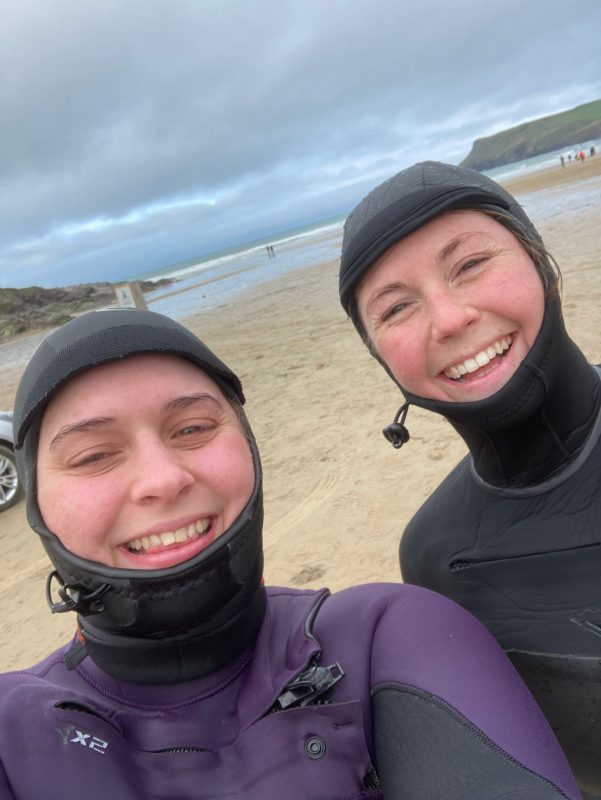
Here in the UK when Spring is in the air, the sun starts shining and that breeze has a slight warmth to it, you may think the sea is warming up at that speed too. Unfortunately, it’s not!
Currently, as I write this (March 2022), it is a glorious spring day in Cornwall and the air temperature is at 17°C, but the sea temperature is around 9°C. Wherever you are in the world and you are thinking of going for a dip, surf, SUP, bodyboard, whatever your sport of choice, or if you have children and they are going in the sea, I URGE YOU TO CHECK THE WATER TEMPERATURE! SAFETY FIRST!
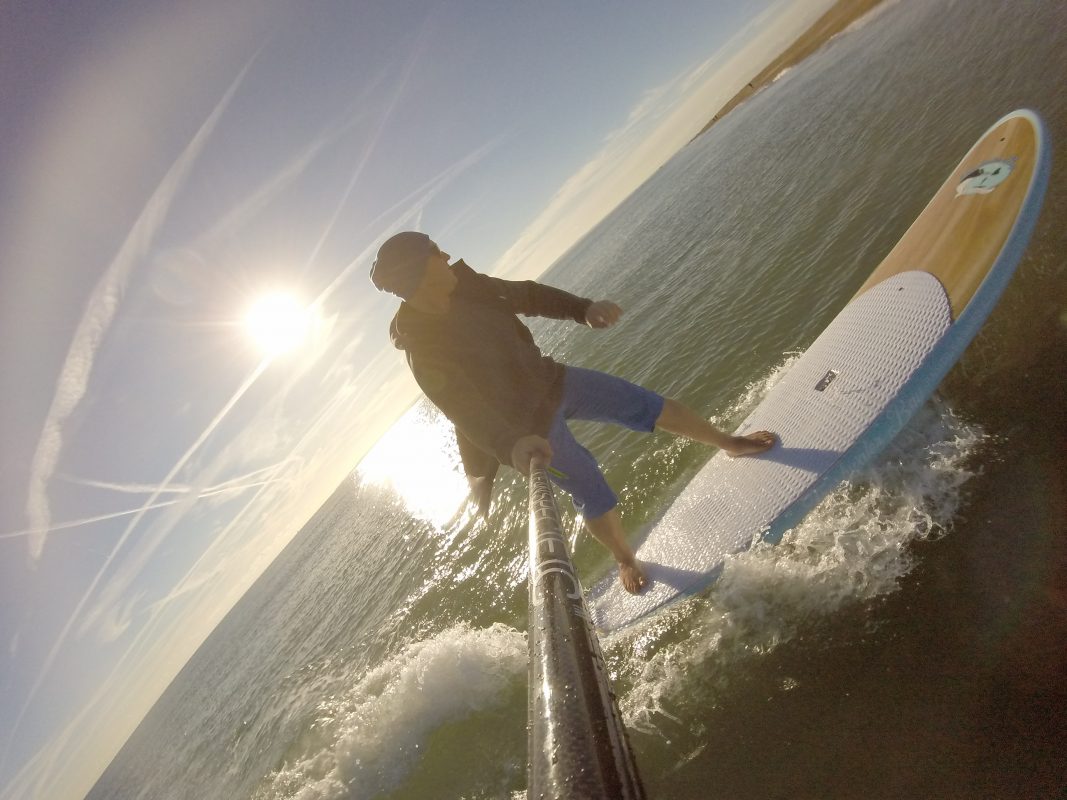
https://www.seatemperature.org/europe/united-kingdom/ is a great link to find temperature data for the area you are going. If your specific spot’s not listed it’ll give an idea of nearby water temperatures.
This time of year, in the UK it is still best to wear a 5mm winter wetsuit, boots, gloves and hood. It is vital to keep your core warm, to ensure as long as possible in the water and avoid hypothermia. There’s nothing worse than cutting a surf session short because you’re freezing. The risk of injuries are also lowered with warmer suits as your muscles, tendons and ligaments are kept warm which means they are more flexible.
For that crossover between spring and summer, and autumn, it is best to wear a 4mm wetsuit and boots if you wish.
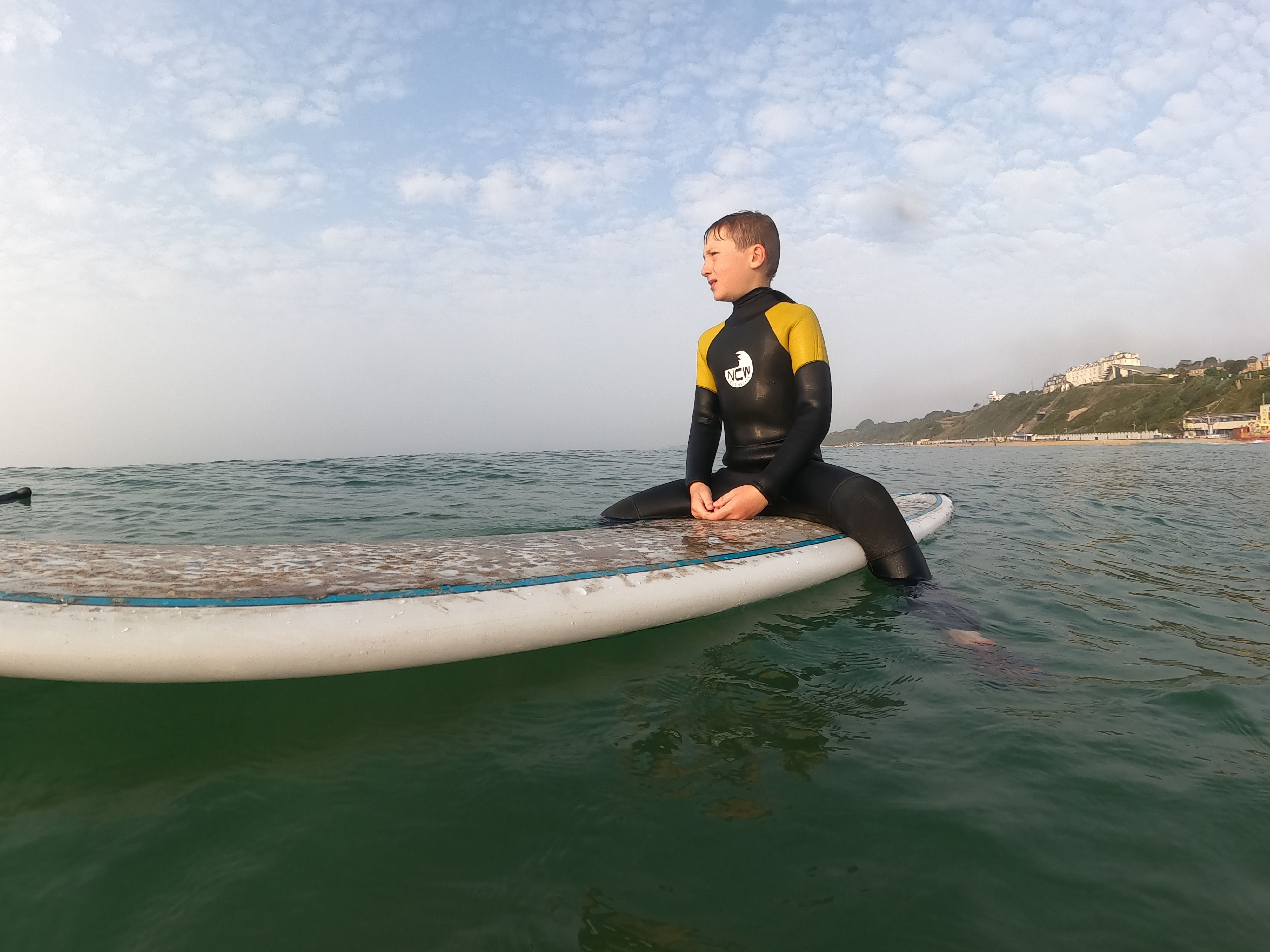
July to October are the warmest months in the UK when a 3mm suit is perfect. And when the temperatures peak in summer, get those shorties, long johns or short johns on, but don’t forget the sun cream! Just take each session as it comes. Just because it’s high summer doesn’t mean you have to be wearing boardies. It mightn’t be suitable (or safe).
To give you more of an idea of sea temperatures and what suit is best :
- WINTER to SPRING = DECEMBER to APRIL = <6°C – 12°C = WINTER SUIT 5mm
- SPRING to SUMMER = APRIL to JUNE = 12°C – 15°C = SPRING SUIT 4mm
- SUMMER = JULY to OCTOBER = 15°C+ = SUMMER SUIT 3mm
- AUTUMN = NOVEMBER to DECEMBER = 12°C – 14°C = SPRING SUIT 4mm
Below is a chart from seatemperature.org for a visual idea.
Full time water babies have at least 2 wetsuits; one for the warmer months and one for the colder months. But in the UK you could easily invest in a winter suit to use all year round and just let some water in if you need to cool down in high season. Just be careful not to overheat and bring on heat exhaustion or dehydration.
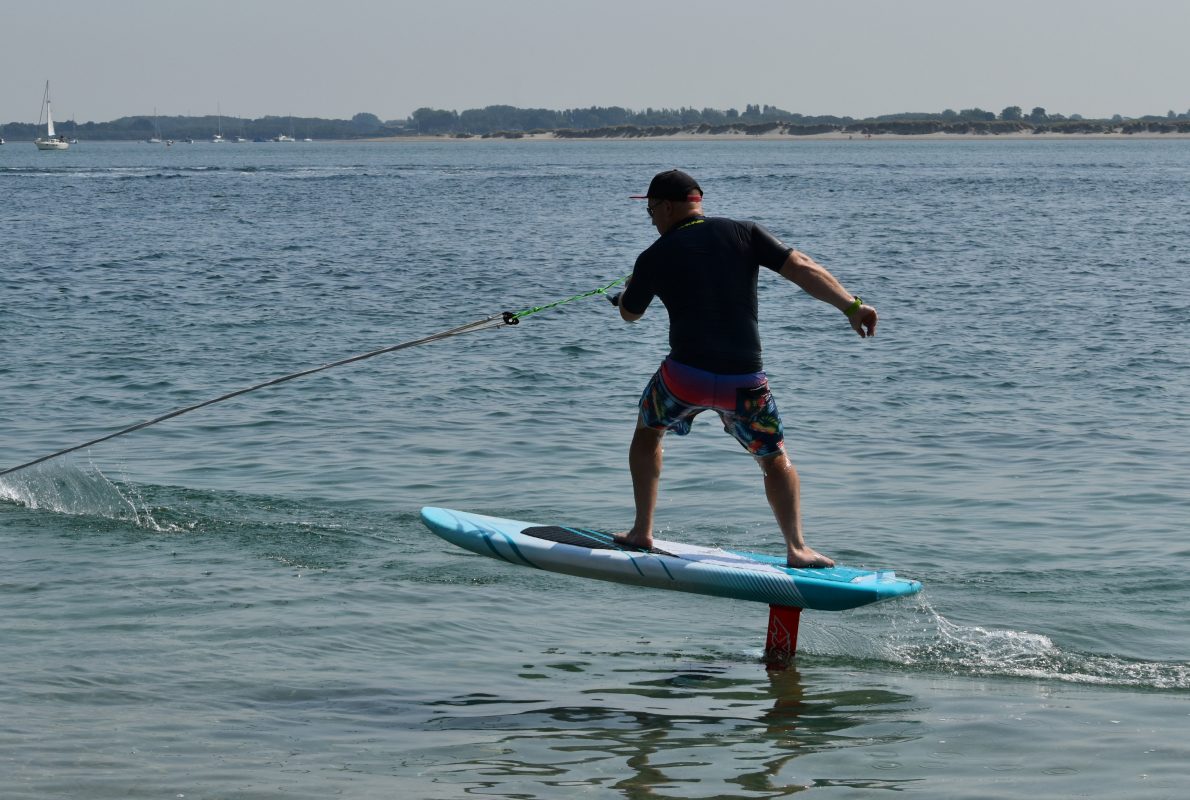
As mentioned previously it is so important to keep your core warm, especially in the colder months so it is essential to get a well fitted wetsuit. If you have not used a wetsuit before or don’t quite understand how they should fit, think of them as your second skin. They must be tight (enough), and they do feel very different to normal clothing, so we urge you to make sure you try wetsuits on as hanging them up against your body does not give any indication of how it will fit. There is also slightly less flexibility in a thicker wetsuit but you do get used to this and it is worth it for your warmth and safety.
So, ALWAYS ask yourself the 2 questions at the beginning of this article. DO NOT expect warm water with warm weather. AND IF IN DOUBT choose the warmer wetsuit option
Feel free to get in touch with any questions or queries via the usual methods.
Also, be sure to check out the following articles –

